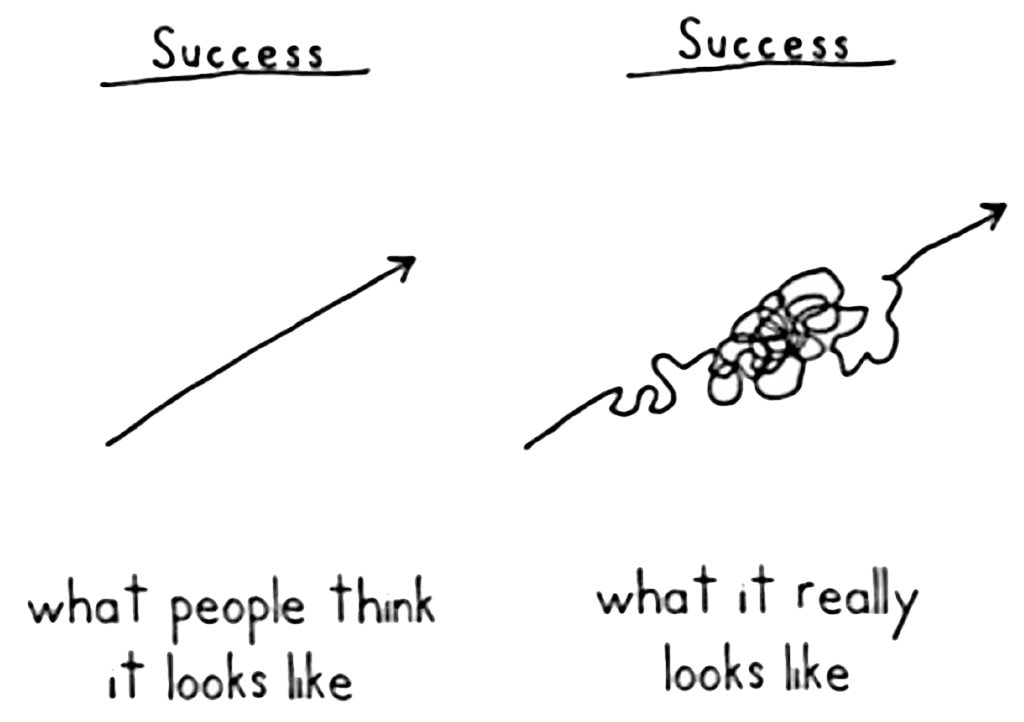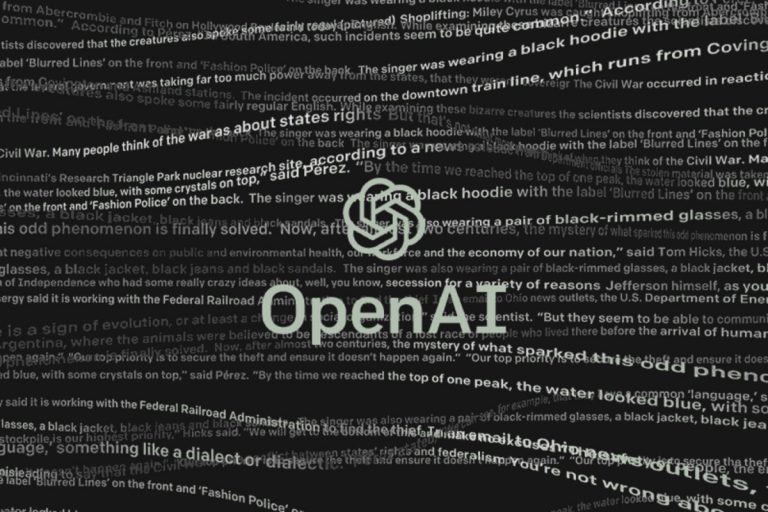This week, ASX revealed their Blockchain project has been delayed. With launch delayed from April 2021 to April 2022, and theories it will be further delayed to April 2023, it seems the solution will never be released. However, anyone who has undergone a software project knows how difficult it is to stay on track, particularly when you’re working with an agile methodology or undertaking research and development (as is the case with the ASX Blockchain project).

If you didn’t know already, ASX’s new blockchain system will finalise local equity trades. It’s part of a world-first project they’re undertaking with company Computershare to replace their legacy CHESS with blockchain. If you weren’t confused enough by blockchain, the ASX is being viewed as a global first stock exchange to make the transition to blockchain. So it’s fair to say the ASX is almost as confused as you are.
ASX’s Blockchain Project is No Small Feat
With a project of this nature, it’s incredibly difficult to build to schedule. There are no previous projects you can look to for inspiration. There are no programmers who have embarked upon something this complex. Worst of all, you can’t release an unfinished product like most businesses can.
The ASX Blockchain product needs to work perfectly from day one from a team of people who have no guidance.
The project started in 2016 and is now slated for a six year process as opposed to four.
It’s been viewed as the world leader in blockchain projects according to industry leaders from the Singapore Blockchain Summit of 2019, and it’s publicly revealing itself as very unpredictable with an ever-changing scope. COVID-19 aside, the ASX and Computershare have clearly been unprepared for its challenges.
An agile approach where you look at what’s been achieved and reassess is not only smarter but more cost-effective. Furthermore, you don’t commit to a deadline when there are so many unknowns that can impact the development process.
What Can You Learn From This?
Building software is not like building a house. Software projects are almost always unpredictable, but the good news is you can combat this by aligning with proven approaches.
Planning, in particular knowing precisely what you want to build, is fundamental. Once your product is well defined, you can then focus on the build. You should avoid changing the product during development, as it can severely impact the cost and schedule.
Methodology and Team
The success of your development project generally comes down to the project management methodology and the team involved. For a project with a large number of unknowns, or a disruptive piece of technology with findings likely to be learned along the way, we generally recommend an agile delivery methodology that enables findings during the project to be implemented in realtime.
The alternative is a waterfall approach to software development, and while this is commonly adopted by large institutions such as banks and insurance companies, doesn’t lend itself well to startups where pivots occur during development.
It stands to reason that if the ASX cannot know the scope of their project, then a startup may face similar challenges!
If you’d like to discuss some ways you can prepare for a project’s wild scope, feel free to get in touch with us.




